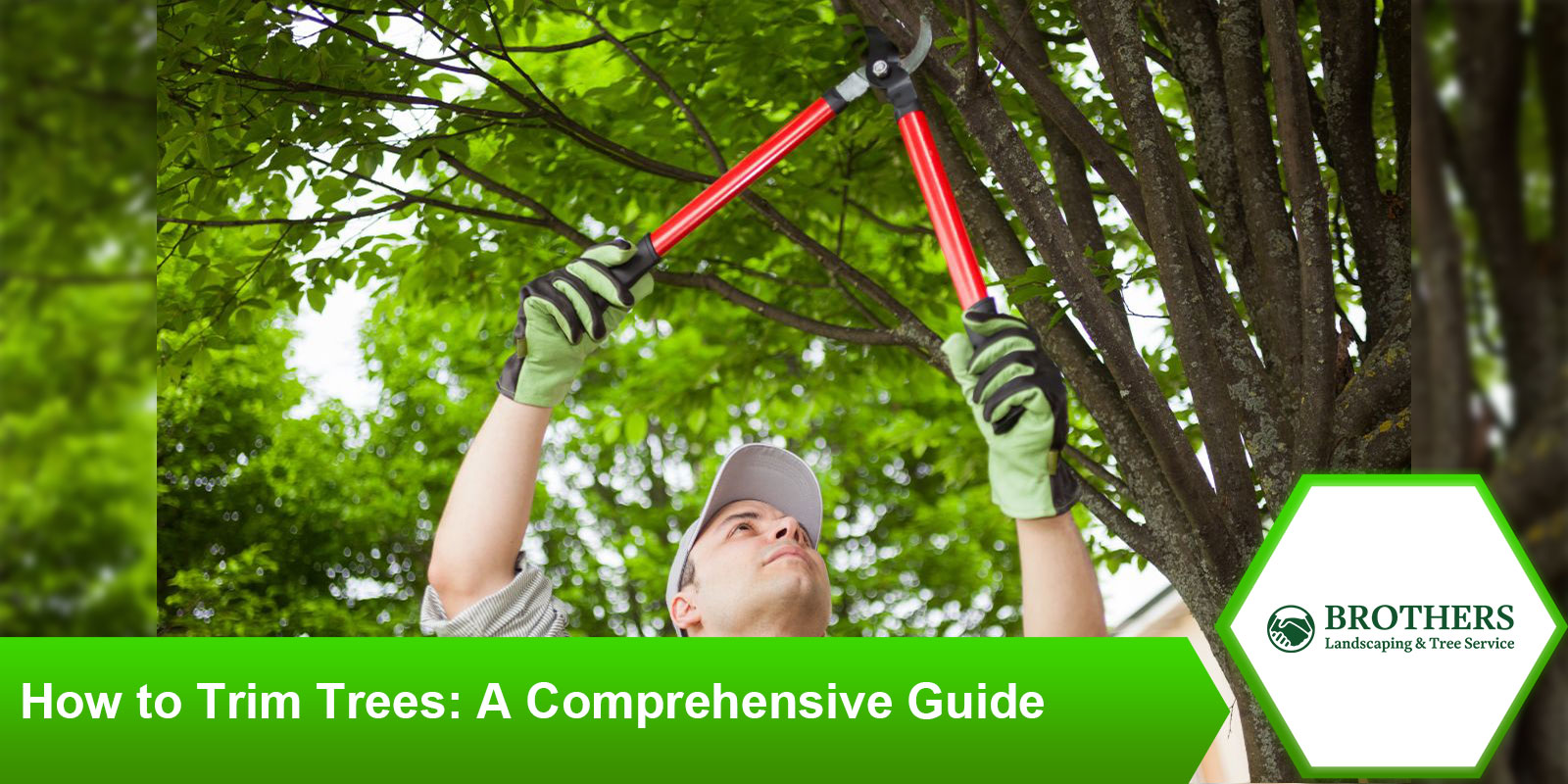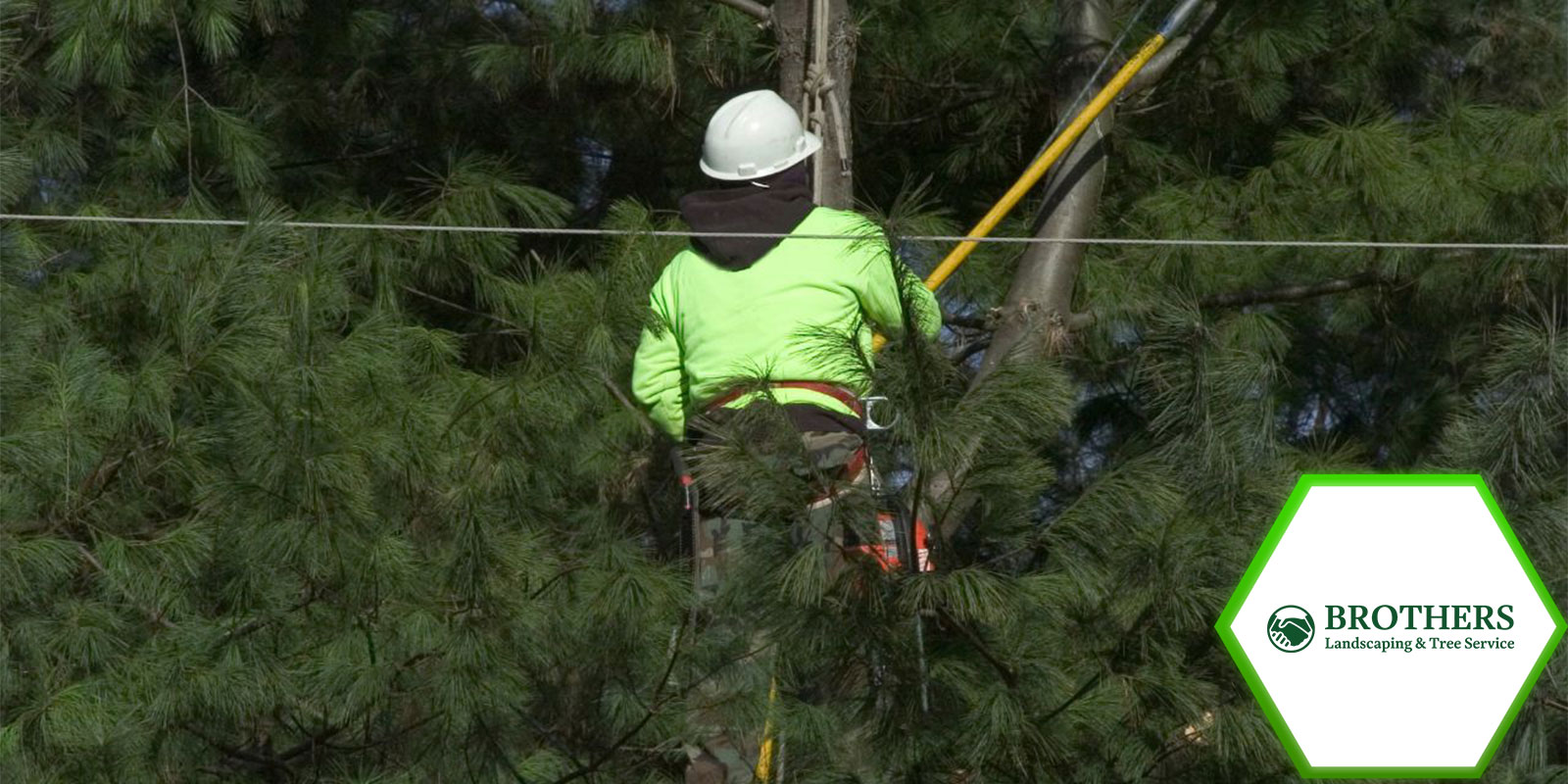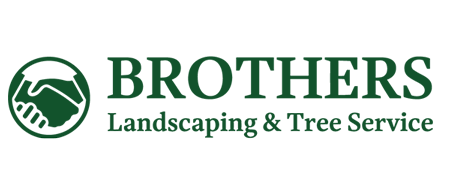
Have you ever wondered how to trim trees to keep them healthy and thriving? Proper tree trimming is essential, whether you’re a homeowner with a backyard orchard or someone looking to spruce up your landscape. Trees, like us, require care and precision to maintain their stature and health.
This guide will explore the tools, techniques, and timing necessary for effective tree trimming. By understanding the basics and applying these tips, you can ensure your trees grow strong and beautiful.
How to Trim Trees: Essential Tools and Techniques

Understanding the Basics:
Before you start trimming, it’s crucial to have the right tools. Selecting the right tool, from hand pruners for small branches to larger saws for thick limbs, ensures clean cuts and healthy trees.
Types of Pruning Tools:
- Hand Pruners: Ideal for small branches up to ¾ inches in diameter.
- Lopping Shears: Best for branches ¾ to 2 inches thick.
- Pruning Saws: Necessary for branches over 2 inches thick.
- Pole Pruners: Reach higher limbs without a ladder.
Choosing the Right Tool:
Match the tool to the branch size for efficiency and to prevent damage. Always ensure that the tools are sharp and clean.
Understanding Tree Anatomy for Effective Trimming
Key Anatomical Features:
Trees have unique structures; knowing these helps guide your cuts. To promote healthy regrowth, focus on the collar of the branch, where it joins the trunk.
Pruning Techniques:
- Thinning: Removes branches at their base to improve light penetration and airflow.
- Raising: Clears lower branches to provide clearance under the tree.
- Reduction: Reduces the size of a tree, often for utility line clearance.
Identifying Branches to Trim:
Your first priority should be looking for dead, diseased, or crossing branches. Healthy branches should only be trimmed when necessary.
The Optimal Timing for Tree Trimming

Best Seasons to Trim:
- Winter: The dormant season is best for most trees, promoting vigorous spring growth.
- Summer: To direct growth by slowing branches you don’t want.
- Avoid Fall: Pruning in fall can lead to disease due to slower healing.
Weather Considerations:
Avoid trimming during wet conditions to prevent the spread of diseases.
A Step-by-Step Guide to Trimming Your Trees
Safety First:
Wear gloves, goggles, and protective clothing. Ensure your tools are ready and the area is safe.
Trimming Steps:
- Inspect the tree from top to bottom.
- Remove all damaged and diseased branches first.
- Use the right tool for each branch size.
- Make clean cuts close to the trunk without damaging the collar.
- Step back frequently to assess your work.
Avoiding Common Tree Trimming Mistakes
Frequent Errors:
- Over-pruning: Never remove more than 25% of a tree’s branches.
- Topping: Avoid cutting the top off trees, which can lead to structural issues.
Prevention Tips:
Use sharp tools and make precise cuts. Plan your approach before you start cutting.
FAQ Section: Answers to Your Tree Trimming Questions
Q1: How often should I trim my trees?
A1: Generally, every 3 to 5 years for mature trees and annually for younger ones.
Q2: Can I trim large trees myself?
A2: Large trees might require a professional, especially near power lines.
Effective Tree Trimming: Ensuring Healthy Growth
Remember, learning how to trim trees is more than just a chore—it’s a way to ensure the health and longevity of your landscape. You can maintain your trees in peak condition by using the right tools, understanding tree anatomy, and following the correct techniques. Whether you tackle the job yourself or call a professional, proper tree care is essential.
Are you looking to enhance your tree care routine? Then contact us today for expert advice and services. We’re here to help you every step of the way.
